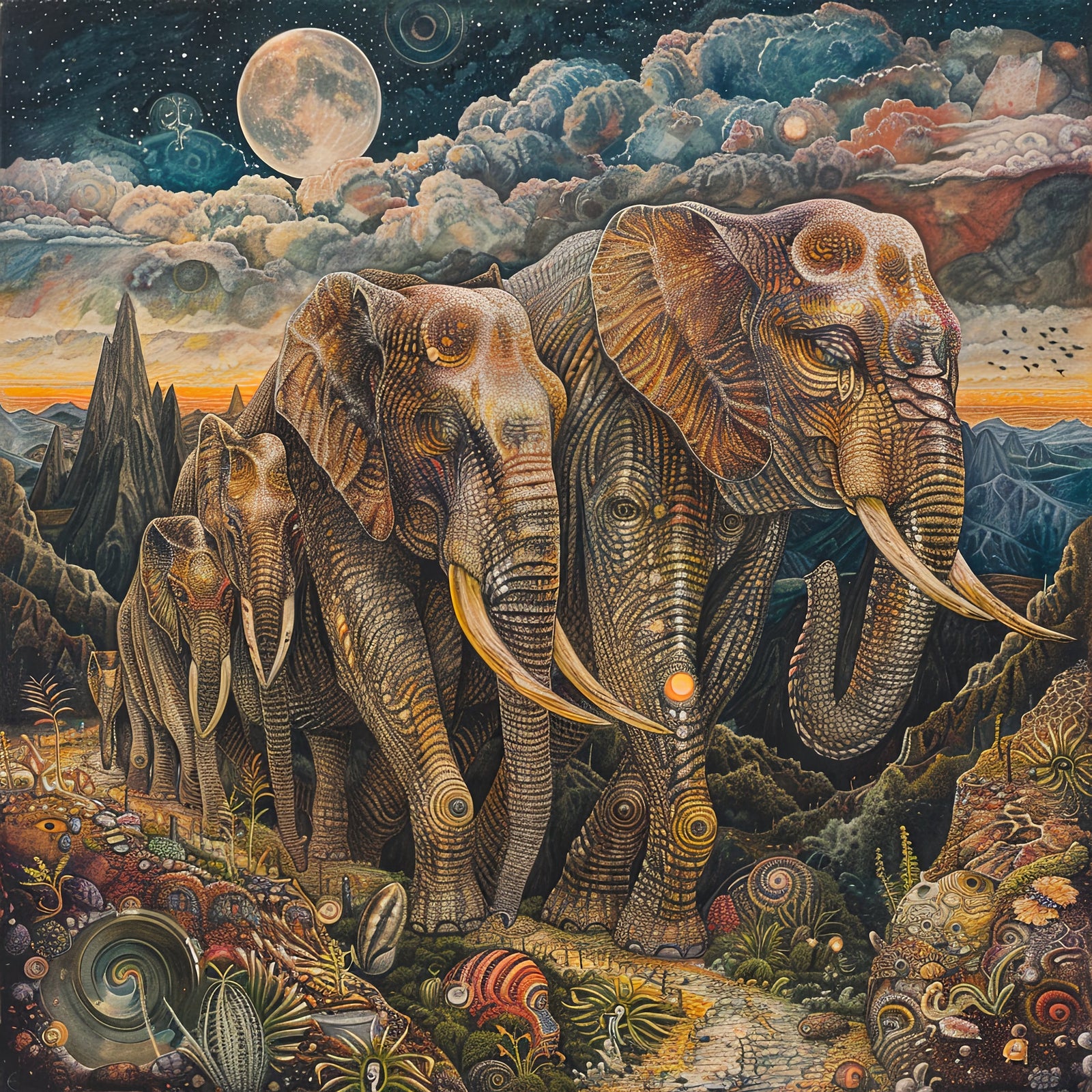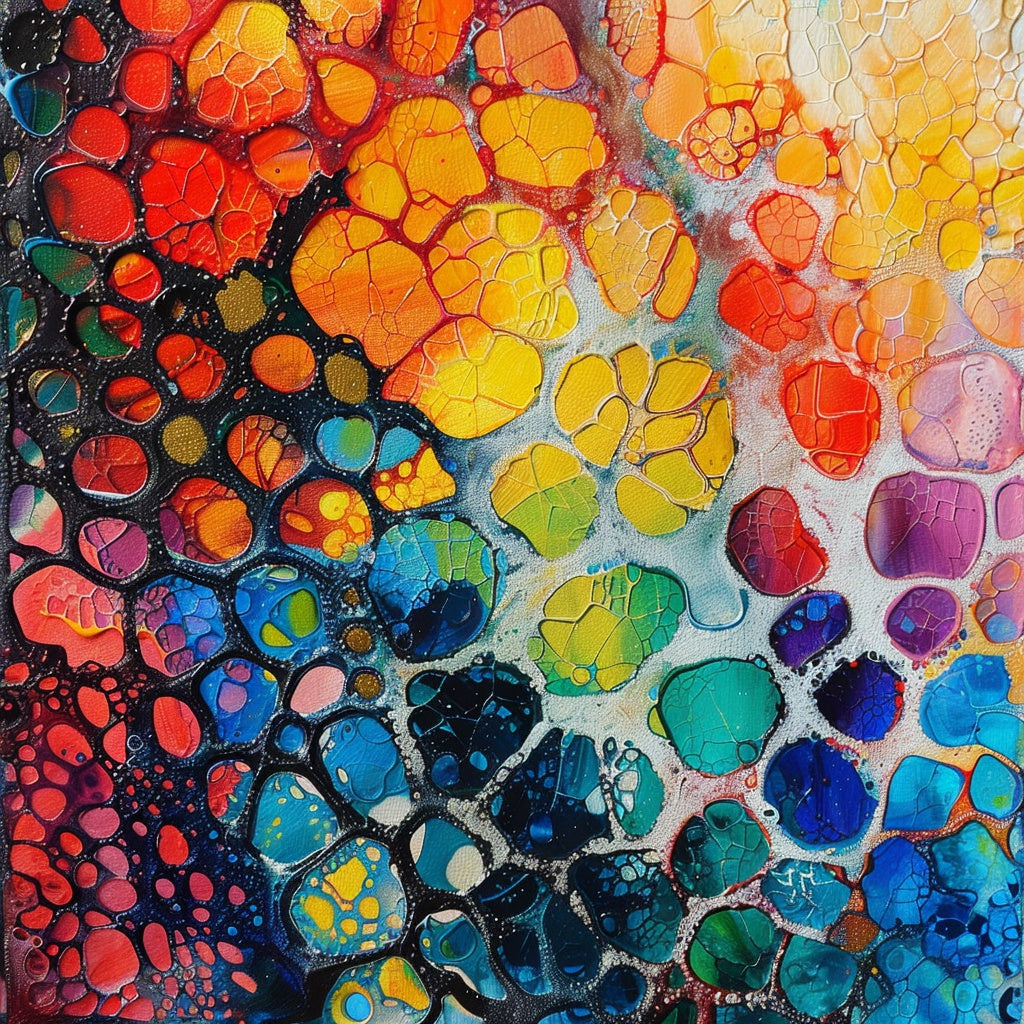AI's Artistic Potential: Exploring New Creative Frontiers
The art world constantly evolves, with technology playing a pivotal role in its transformation. From the advent of photography to the rise of digital art, technological innovations have consistently expanded the boundaries of artistic expression. Today, we are witnessing another significant shift: the emergence of artificial intelligence (AI) as a creative force. This article explores the potential for AI to create new forms of art, examining the exciting possibilities and challenges ahead.
Table of Contents
- Introduction
- Research Methodology
- AI-Generated Art: A New Creative Landscape
- Examples of AI Art
- AI Art Marketplaces
- Conclusion
Introduction
Throughout history, art has been deeply intertwined with technological advancements. For example, the invention of the printing press democratized access to visual culture, and the camera revolutionized how we perceive and represent reality. Each new technological tool has expanded the artist's toolkit and facilitated new artistic expressions. With the rapid advancements in AI, we are entering a new era in art history, one where machines are not just tools but collaborators in the creative process. AI's ability to generate, transform, and even reimagine visual content offers artists a range of unprecedented possibilities, pushing us to reconsider the very definition of art itself.
Research Methodology
To thoroughly explore the potential of AI in the art world, a comprehensive research approach was employed [1]. This involved several key steps designed to gain a deep and multifaceted understanding of the subject:
Identifying Examples of AI-Generated Art
The research began with an in-depth exploration of various AI art forms. The goal was to identify a broad range of AI-generated artwork showcasing the diversity of artistic expressions made possible by this technology [1]. This step was critical in understanding the capabilities of different AI algorithms and tools in creating visual art, allowing for a comprehensive view of the possibilities, from realistic to abstract.
Analyzing Expert Opinions
To gain insights from those immersed in the field, the research reviewed articles and research papers that discussed the potential and limitations of AI in art [1]. This included analyses from artists, art historians, and AI researchers. These diverse perspectives provided a nuanced understanding of the possibilities and challenges of AI in art and helped to contextualize the technology's impact on the art world.
Understanding AI's Role in the Art World
The research also examined the current applications of AI in art by studying how artists, galleries, and the art market use this technology. This involved gathering information about AI art platforms and how they operate within the broader art ecosystem [1]. By investigating the real-world applications of AI in the art world, the research aimed to provide a solid foundation for understanding its current influence and future potential. This multifaceted approach ensured a comprehensive understanding of the subject, paving the way for a detailed exploration of AI's capacity to reshape the future of art [2].
AI-Generated Art: A New Creative Landscape
AI art generators, equipped with sophisticated algorithms and extensive datasets of images, have opened up a new realm of artistic possibilities. These systems can produce various visual content, ranging from lifelike images to abstract compositions [2]. AI can imitate the styles of well-known artists, generate works reminiscent of masters, or create entirely original aesthetic expressions. The use of AI in art is not simply about replication; it's about pushing the boundaries of creativity and redefining our understanding of what art can be [3].
Examples of AI Art
Several notable examples highlight the diverse and creative potential of AI in art. These examples demonstrate not only the technical capabilities of AI but also the exciting creative paths that this technology is unlocking [4]:
- Portrait of Edmond de Belamy: This AI-generated portrait, created by the Parisian collective Obvious, is a landmark achievement in the world of AI art. In 2018, it became the first AI artwork auctioned at Christie's, fetching a remarkable $432,500 [4]. This sale brought significant attention to the potential of AI in art, raising important questions about authorship, creativity, and the role of technology in the art world. The auction also legitimized AI art as a field worthy of serious consideration and investment.
- DeepDream: Developed by Google, DeepDream employs algorithmic pareidolia to transform existing images into surreal, dreamlike visuals [4]. DeepDream enhances the patterns and textures within an image by using neural networks, resulting in highly stylized and often psychedelic outputs. This technology has been used for artistic purposes and in cognitive psychology and brain research, particularly in virtual reality environments, making it a versatile tool that bridges the gap between art and science.
- Artificial Realities by Refik Anadol: Commissioned by the World Economic Forum, this project demonstrates AI's capacity to create immersive and thought-provoking art [4]. Anadol's work combines AI and 3D printing to construct installations that engage with the viewer's senses, often addressing pressing global issues like climate change. These large-scale, immersive works invite reflection and promote a greater understanding of our world, showcasing the powerful combination of AI, digital fabrication, and artistic vision.
- Hybrid organisms of Sofia Crespo: Argentinian artist Sofia Crespo uses AI to generate speculative life forms [4]. Often strange and intriguing, these creations challenge our understanding of natural and artificial entities. By exploring the intersection of art and biology, Crespo’s work raises critical questions about AI's impact on creativity, evolution, and our future. Her approach highlights the philosophical and speculative dimensions of AI-generated art, pushing the boundaries of the medium.
- The Next Rembrandt: This AI-generated painting, created by ING and J. Walter Thompson Amsterdam, is a tribute to the Dutch master Rembrandt [4]. The project meticulously analyzed Rembrandt's work to train an AI model to reproduce his unique style. The result was a painting closely mimics the original artist, highlighting AI's ability to recreate historical artistic styles. This project is a testament to AI's potential for preserving and reimagining artistic traditions.
- Adobe Firefly: Adobe Firefly is another versatile AI art generator that allows artists to create diverse AI art forms, including lifelike images, illustrations, and abstract compositions [4]. This tool demonstrates AI's practical application in creative workflows, enabling artists to realize their ideas efficiently and with greater creative potential. Its integration into the Adobe suite further underscores the trend of AI tools becoming mainstream in professional creative fields.
AI Art Marketplaces
In addition to individual artworks, AI is also reshaping the art market through the emergence of online platforms for buying and selling AI-generated art [3]. These marketplaces provide an avenue for artists to showcase and sell their AI creations, opening up the art world to a wider range of participants and collectors:
- Artsi: Artsi is an online marketplace that specializes in AI-made art, offering a wide selection from simple designs to complex and intricate pieces [3]. This platform caters to different budgets and artistic tastes, making AI-generated art more accessible to a diverse audience. Artsi highlights the commercial potential of AI art and helps foster a community around this new creative medium.
- ART AI Gallery: This online gallery focuses on selling unique, one-of-a-kind AI-generated artworks [5]. Each piece is sold only once, emphasizing the exclusivity and individuality of each creation. ART AI Gallery appeals to collectors who value originality, reinforcing that AI art can be unique, collectible, and valuable. This approach suggests a shift towards how we perceive authenticity and rarity in the digital age.
These platforms are evidence of the growing market for AI-generated art, indicating increasing interest from collectors and art enthusiasts. The availability of these marketplaces not only creates opportunities for AI artists but also enhances the visibility and recognition of this emerging field [5].
Conclusion
The integration of AI into the art world marks a significant turning point in the history of creative expression. AI is changing how art is created and how it's perceived, valued, and distributed. AI is rapidly transforming the art landscape from individual artworks like the "Portrait of Edmond de Belamy" to the emergence of specialized online marketplaces [3, 4]. By providing new creative tools and avenues, AI enables artists to explore the depths of imagination. As AI continues to evolve, its potential to redefine the boundaries of art is undeniable.
The future of art will likely be a hybrid one, where human creativity and artificial intelligence work in collaboration to push the limits of expression. The examples cited above and in the sources demonstrate that AI art is more than a fleeting trend. It’s an area of deep creativity and expression that will become part of our culture and history [4].
Works cited:
1 10 Mind-Blowing Examples of AI Generated Art - ClickUp, accessed January 30, 2025.
2 10 Mind-Blowing Ideas Generated by AI: Exploring the Capabilities of Generative Models, accessed January 30, 2025.
3 www.adobe.com, accessed January 30, 2025.
4 AI-Made Marketplace • Artsi, accessed January 30, 2025.
5 ART AI Gallery, accessed January 30, 2025.



Leave a comment (all fields required)